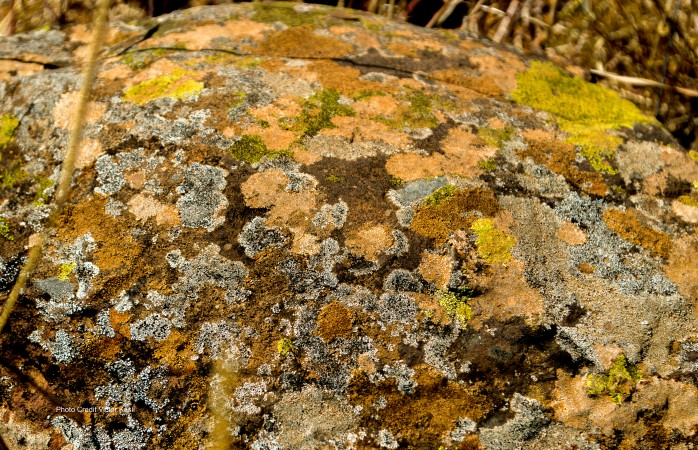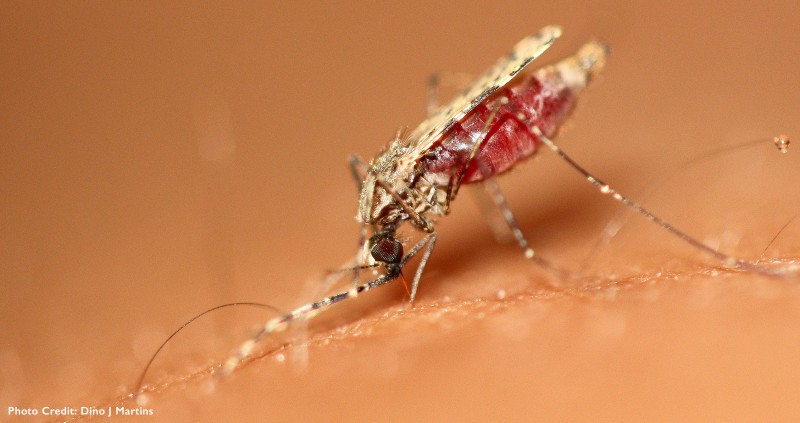On any landscape with livestock and wildlife, the highest traffic can be found at watering holes. The most popular drinking spot here at Mpala Research Centre is the hippo pool, our home of African wildlife on Explore.org.
Watering holes are an essential resource in the semi-arid savannah. They are the places where wildlife, herders and their livestock get water. On any given day, viewers on Explore.org are likely to see a buffalo or elephant herd sticking around the muddy edges for a dip that helps them cool off and keep parasites away. A spotted hyena may also stop by for a drink after a meal.
Interestingly, the biodiversity available to the naked eye is easily less than half of the environment. We see all the big animals; elephants, zebras, giraffes, and almost always never think of another level where insects and microorganisms shape the landscape. This includes bacteria, protozoa, viruses, fungi, internal and external parasites among others.
Laikipia is home to more insect species than all of its other creatures and plants combined. With the onset of long rains this March expected to last through May, more insects are invading spaces around Mpala’s offices and living quarters in search of drier and warmer corners. After dark, moths of many species are drawn to artificial light sources while mosquitoes and other disease carriers prey on victims.
Understanding how organisms transmit disease is a critical component of environmental, animal, and human health research. At Mpala, students and researchers from Princeton University and Columbia University in the City of New York are searching for disease vectors in the savannah and pools of the Ewaso Ng’iro river. It’s all in a day’s fieldwork as part the Vector Ecology class taught by our Executive Director, entomologist Dino Martins.
Researchers at Mpala are looking into the relationships between the landscape, soils, insects, microorganisms and other animals concentrated around the watering holes. Every time animals eat near the pools, defecate or cross paths, they exchange all manner of parasites including ticks and worms. Parasites live in or on another organism and benefit by deriving nutrients at the hosts’ expense. Other animals around the pools leave behind parasite eggs that hatch after a few days and begin to actively pursue new hosts within a few meters of dung piles. With higher dung density, there is a higher parasite presence, and therefore a higher chance of infection for those individuals frequenting a watering hole. If animals are aggregating at these watering sources, then they have a higher chance of becoming infected.
While a lot of the insects and microorganisms will remain unseen, their relevance in nature is not in anyway to be overlooked. Viewers on Explore.org will continue to experience the best of nature manifested through the effects and impact of the unseen world.
Peace,
Victor Kasii@mpalalive







